The Castanyada is a Catalan folkloric festivity which is celebrated on the “Día de Todos los Santos” (All Saints’ Day or Day of the Dead) to honour and remember those who are no longer with us, and as a celebration of the fall season. The origin of this festivity is found in an ancient burial ritual celebration where families gathered around the table to eat the typical autumn fruits (chestnuts –castañas– boniatos –sweet potatoes-, pumpkins, etc.) and other sweet meals (candied fruit and panellets), as they remembered their dead. This highly energetic food also allowed the “Campaners” ring the bells all night to honour the deceased relatives. This day to be in communion with the dead still retains the gastronomic traditions mentioned and is also usual to leave flowers on the graves and clean them up on this marked date. To those who come from outside Catalonia perhaps will think is weird to see so many stalls where they sell fresh castanyas (chestnuts) and boniatos (sweet potatoes) toasted in the fire. Make sure you try them they are delicious! To immerse yourself in this celebration while enjoying your stay in one of our long term apartments in Barcelona, we summarize the most representative traditions of this festive event:
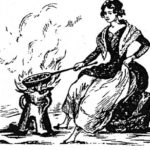


Related article: Biggest celebrations in Barcelona
Flowers for the dead: at this time of year, and especially on November the 1st, cemeteries throughout Catalonia extend its visiting hours so that everyone can go to put flowers on the graves and remind their dead relatives. Old members of the family also usually clean the graves up and leave them shining as a tribute to those who are gone. This tradition has a Roman origin, since, coinciding with the harvest season, the Romans visited their dead beloved relatives to ask for a good harvest. Currently, the Castanyada has taken a more festive and cheerful meaning, although everybody know its roots.



Related article: Catalan recipes: panellets
“Boniatos”: are another seasonal food consumed during Castanyada. This orange tuber is baked or roasted and can also be part of the panellets marzipan. The most common way to consume them is cutting it in half and eat them with spoon like a yogurt, but it is also delicious peeled and boiled or candied. It is an ideal food to keep your warm during the first cold days of the year.
Moscatell (sweet wine): a variety of very sweet wine that comes from the moscatel grape. People drink moscatell accompanying the castañas, the panellets or the boniatos because their flavours match perfectly.
Looking for an apartment in Barcelona? ShBarcelona is the answer!









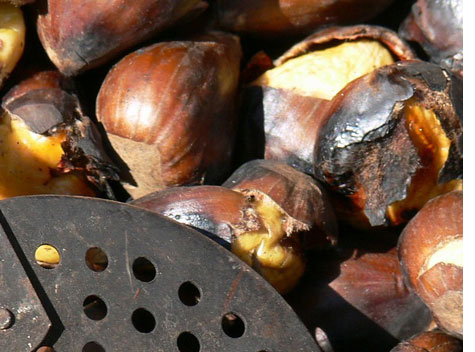
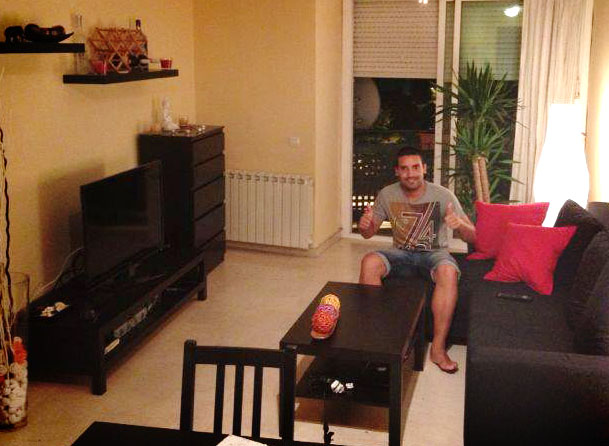
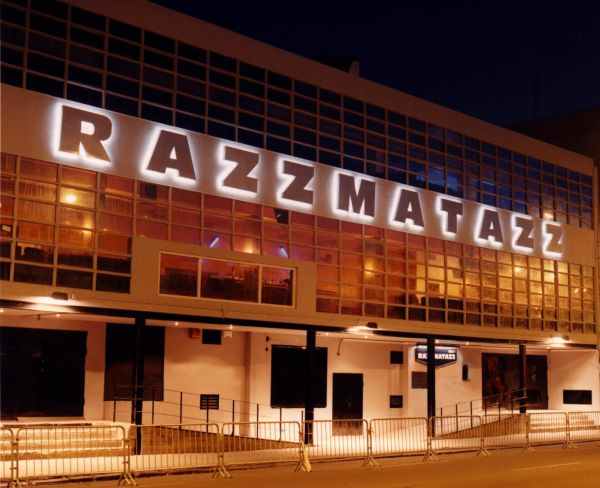
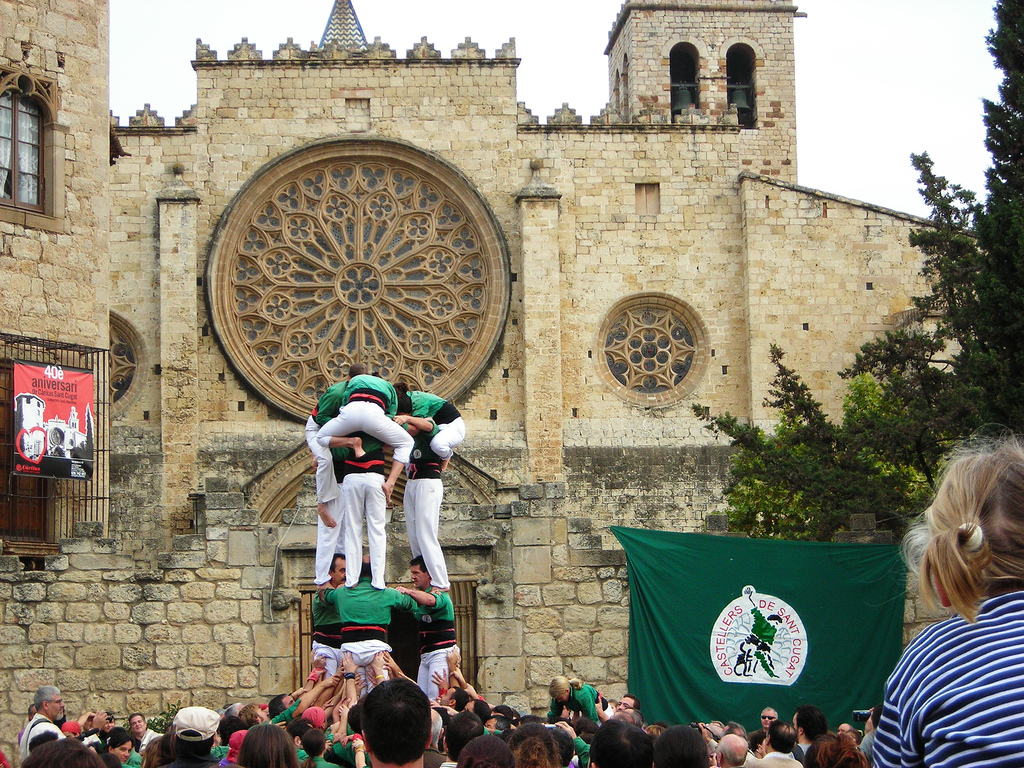








Leave a Comment